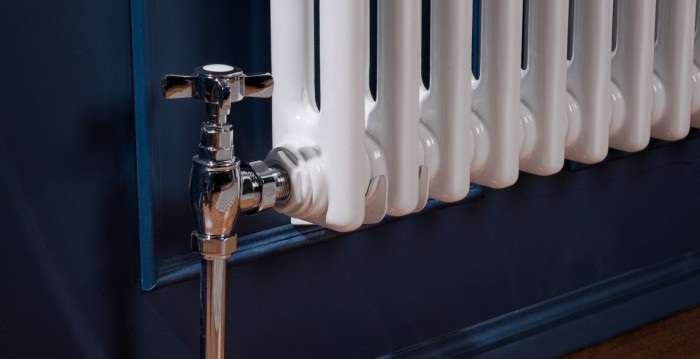What Does a Radiator Key Look Like?
A radiator key is a small, simple tool specifically designed to bleed radiators. This type of tool usually has a flat end for easy holding. The other end is usually square or hexagonal, which allows it to fit into most modern radiators bleed valves.
This key is essential. It releases trapped air from the radiator. This allows hot water to circulate freely. This, in turn, effectively heats your home.
Where to Buy a Radiator Key?
Obtaining a radiator key is relatively easy in the UK. You can find them at most hardware stores, home improvement centers, or even online retailers specializing in plumbing supplies. Additionally, local plumbers or heating engineers may carry radiator keys and can provide valuable advice on the process.
Alternatives to a Radiator Key:
So, what can you use instead of a radiator key? If you find yourself without a radiator key, don't panic. Several household tools can be used as alternatives to bleed your radiators effectively. Here are some options:
- Flathead Screwdriver: Many modern radiators have a small indent that accommodates a flathead screwdriver. Insert the screwdriver into the bleed plug and gently turn it anti-clockwise to release trapped air. Remember to have a receptacle or cloth ready to catch any water drips.
- Allen Key, Spanner, or Pliers: For older radiators or those without a suitable indent for a screwdriver, you can try using an allen key, small spanner, or pliers. Exercise caution when using these tools to avoid damaging the bleed plug or valve.
How To Bleed Old Radiators Without A Key:

Bleeding Older Radiators Without A Key Requires A Bit More Caution And Creativity. Follow These Steps:
- Locate the Bleed Valve: Old radiators often feature a differently shaped bleed valve, such as a square or hexagonal opening. Identify the shape and size of the valve to determine the tool you'll need.
- Select an Alternative Tool: Depending on the shape of the valve, choose an allen key, spanner, or pliers that closely matches the opening. Ensure a firm grip to avoid slipping and causing damage.
- Turn Counter-Clockwise: Insert the chosen tool into the bleed valve and slowly turn it counter-clockwise. Listen for a hissing sound, indicating the release of trapped air. Once water starts escaping, turn the valve clockwise to close it.
Bleeding a radiator without a key is an essential skill for homeowners in the UK. By using alternatives like a flathead screwdriver, allen key, spanner, or pliers, you can effectively release trapped air and restore proper heating in your home. However, it's recommended to acquire a radiator key for convenience and to ensure the longevity of your heating system
By following the steps outlined in this guide, you can confidently maintain your radiators and enjoy a warm and cozy home throughout the year.






















